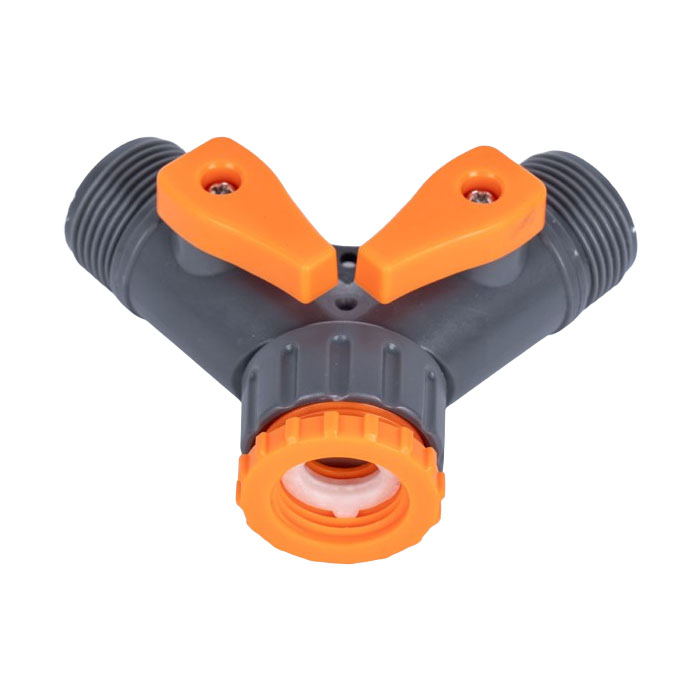Have you ever needed to run two hoses simultaneously but only have one faucet? A faucet splitter is essential.
Our Top-Rated Faucet Diverter: Superior Performance
Forget those flimsy diverters that break after a quarter of a use. Our Junnuo Faucet Splitter is built for everyday use.

Material: Aircraft-grade brass body
Valve Type: Quarter-turn ceramic disc
Pressure Rating: 150 PSI, burst tested
Temperature Range: -20°F to 210°F
Thread Standard: Universal GHT
Weight: 10.2 oz
Shut Off and Drain: Shut off your outdoor faucet. Open any connected hoses to relieve pressure.
Cleaning the Faucet: Wipe the faucet threads with a cloth to remove grit or old tape.
Smooth Tightening: Thread the female end of the diverter clockwise onto the faucet. Do not overtighten—a quarter-turn after finger-tight is sufficient.
Connecting the Hoses: Connect a garden hose to the diverter's outlet. Ensure the rubber gasket in each connection is properly seated.
Pressure Test: Slowly open the faucet. Check all connections for dripping. If leaking, tighten slightly.
Controlling Flow: Use separate quarter-turn valves to control single or dual hoses running simultaneously.
Pro Tip: For permanent installations, wrap the faucet threads with two layers of PTFE pipe tape before proceeding to step 3. This prevents mineral lock in hard water areas.
| Feature | Standard Splitters | ProFlow Splitter |
|---|---|---|
| Body Material | Zinc Alloy | Solid Brass |
| Valve Quality | Plastic Stem | Ceramic Disc |
| Max Pressure | 100 PSI | 150 PSI |
| Seals | Rubber O-Rings | EPDM + Silicone |
| Winter Proof | Cracks at 32°F |
-20°F Safe |
Q: How do I install a Faucet Splitter on a threadless faucet?
A: If your faucet does not have standard external threads, you will need an outdoor faucet adapter. First, measure the diameter of the faucet spout. Place the adapter ring on the spout, then screw the Faucet Splitter onto the adapter ring. Be sure to use the included rubber compression washer to prevent leaks.
Q: Can the diverter be left outdoors in the winter? A: Only if it's rated for subzero temperatures. Plastic or zinc diverters must be removed before frost to prevent bursting. In temperatures below -0°C, insulate the faucet splitter with a hose faucet cover.
Q: Why is there a leak between the diverter and the faucet?
A: There are three possible causes:
Missing/damaged gasket in the diverter female connector.
Incorrect threading.
Mineral scale buildup on the faucet threads.
If you'd like to learn more about faucet splitter, please feel free to contact us!